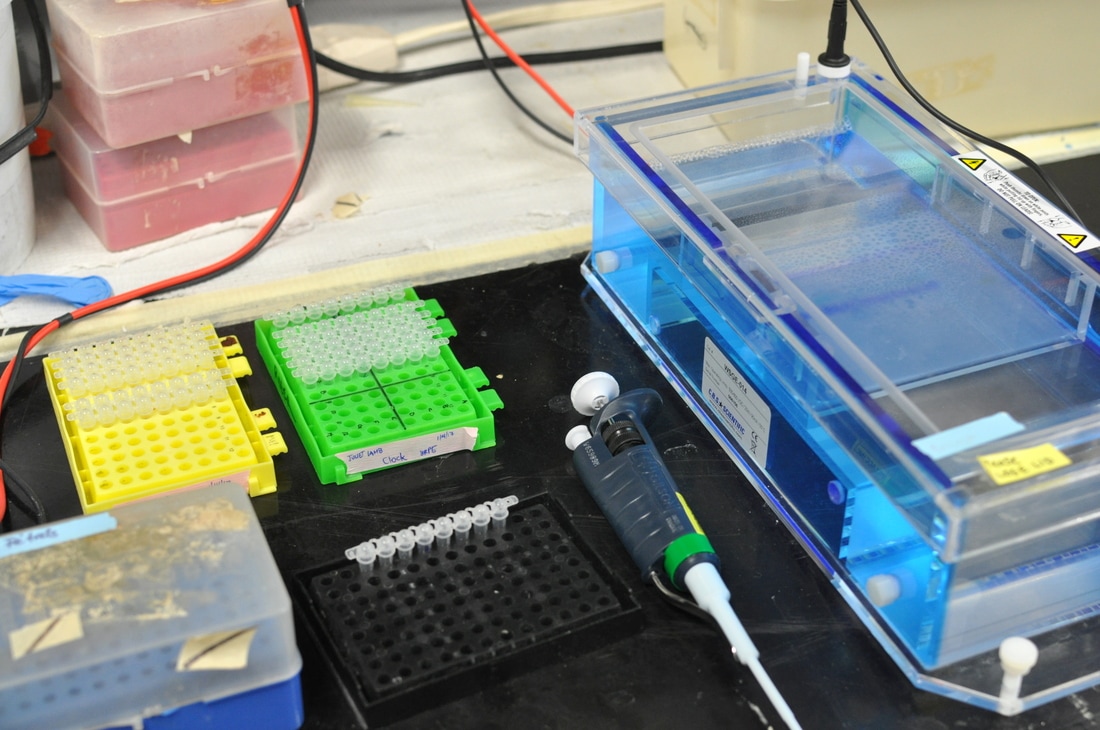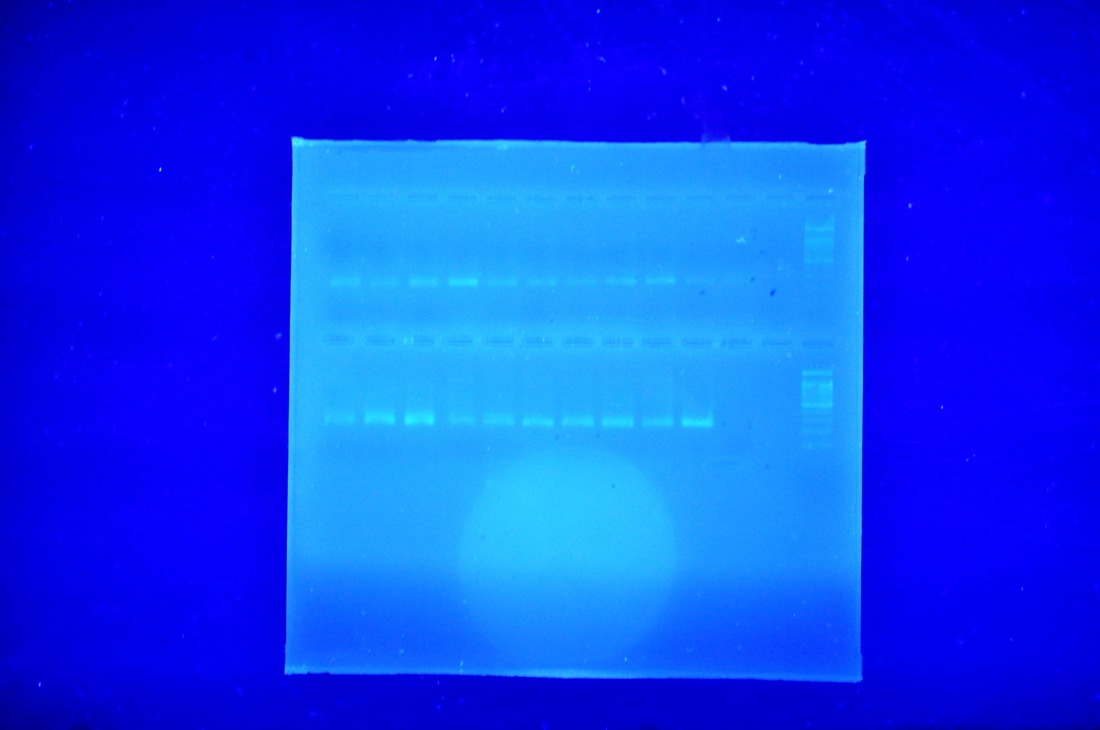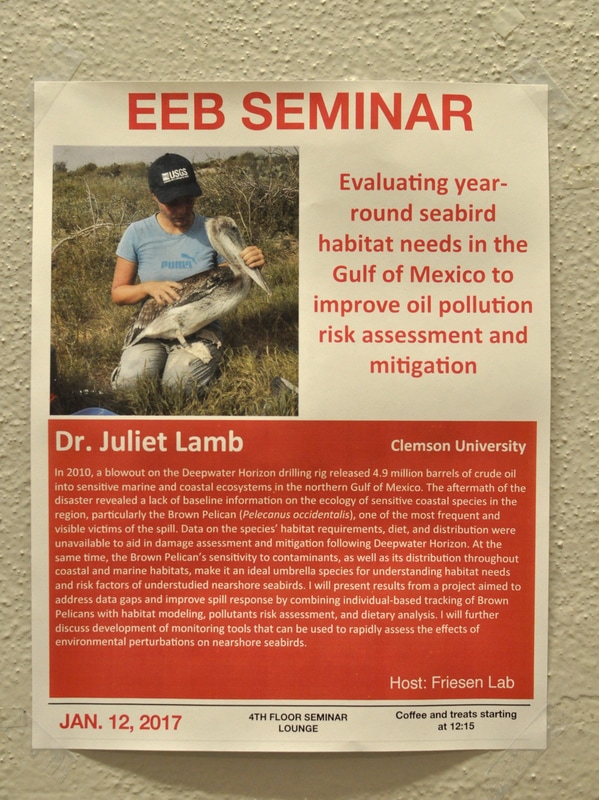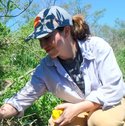It's been a long time (been a long time, been a long lonely lonely lonely lonely time), but unfortunately the majority of my post-doc work is grant writing, manuscripts, and computer analysis, none of which is as photogenic or inspiring as fieldwork. The computer time is starting to pay off in the form of publications. In December, we were happy to see two pelican papers hit the digital shelves: the first on how transmitters affect pelicans, and the second on the relationship between stress hormone levels, body condition, and survival in pelican chicks. Both are open-access-- free and available to anyone!
Right now, I'm spending a month as a visiting scholar in the Friesen Lab at Queen's University, in the lovely snow-globe city of Kingston, Ontario.
Right now, I'm spending a month as a visiting scholar in the Friesen Lab at Queen's University, in the lovely snow-globe city of Kingston, Ontario.
My work here is focused on looking for genetic differences between pelicans that migrate and pelicans that don't. I'm studying three genes that have known associations with migration, circadian rhythms, and movement:
- CLOCK (circadian locomotor output cycle kaput), a gene that controls diurnal and annual cycles in response to light conditions. The number of repeating segments on the end of the CLOCK gene has been associated with migratory activity in butterflies, and with timing and distance of songbird migrations.
- ADCYAP1(adenylate cyclase-activating polypeptide 1) is also involved in circadian rhythms, and has been shown to have a relationship with migratory activity of raptors and captive songbirds.
- DRD4 (dopamine receptor D4), which is linked to aggression and risk-taking behavior in both humans and birds. These traits can be associated with how far an animal is willing to move away from the location where it is born, and a student in the Friesen Lab has found associations between DRD4 sequence and migration in bluebirds.
I will be back-- sooner this time-- with updates on new fieldwork in the Gulf and elsewhere!





 RSS Feed
RSS Feed
